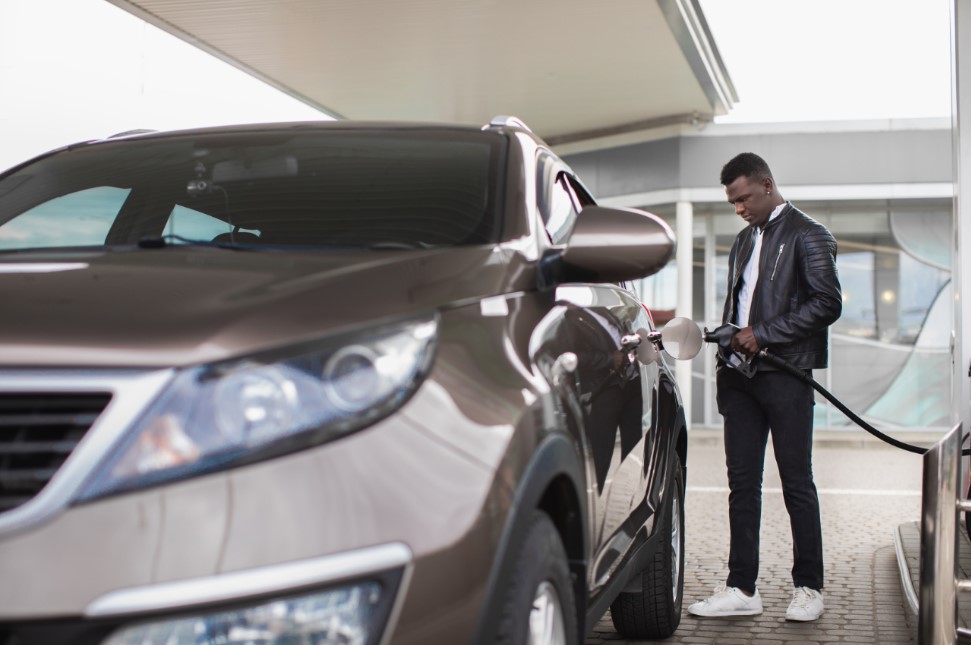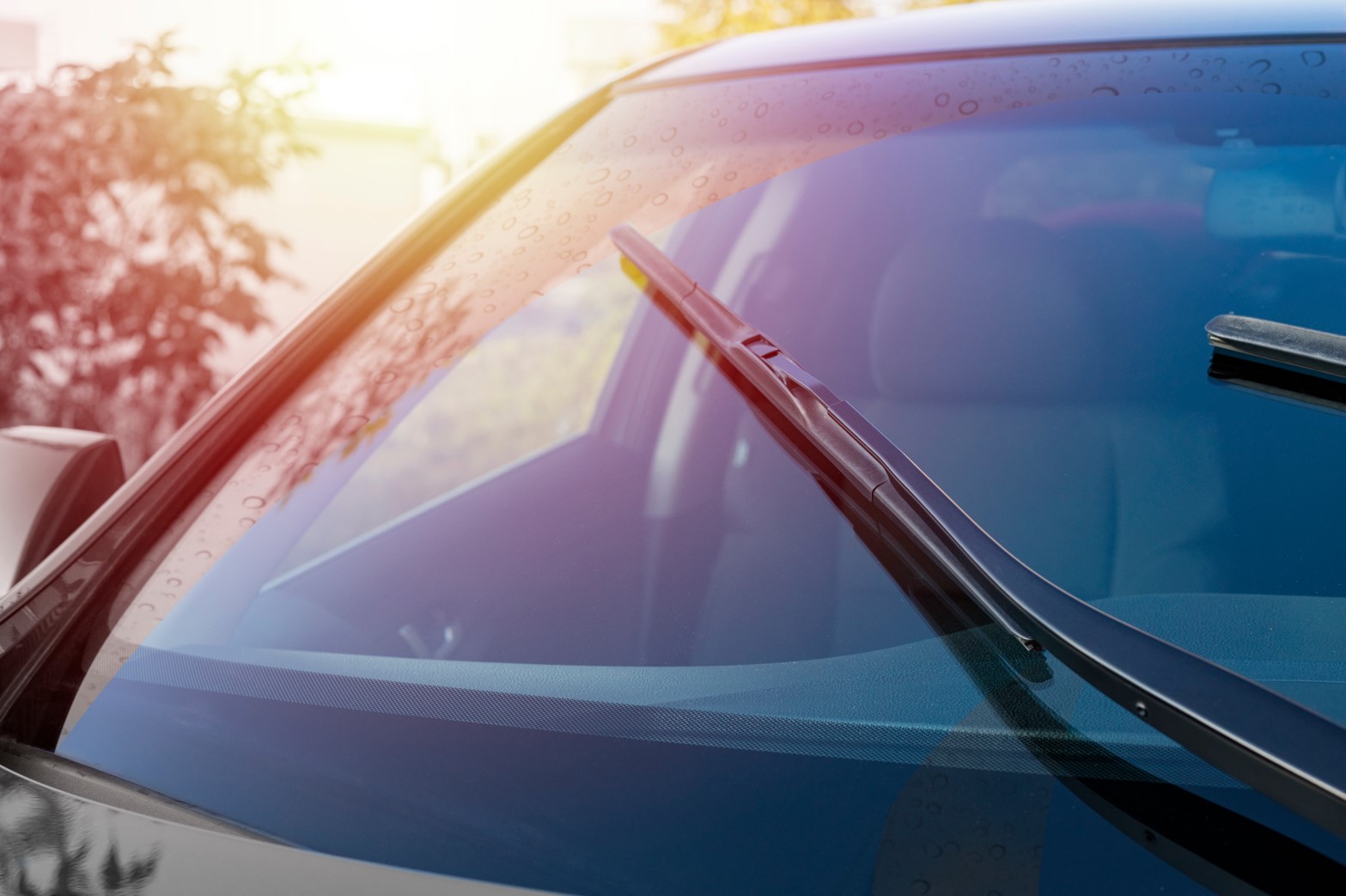
Tips for Driving in a Strong Wind
Fall and winter are known for shorter days, cooling temperatures, the first snowfall of the season, and for many communities around the country, an uptick in howling, whipping winds. During this time, the cold air fronts and warm air fronts start to shift, collide, and change places, and it’s this interaction with each other that creates conditions that can kick extremely high winds with huge gusts.
When you think of severe weather that causes havoc out on the roads, most people cite rain, snow, ice, fog, or a number of other things. However, few people consider just how dangerous and difficult driving in high winds can be. On this blog, our auto repair experts will explain why it’s so dangerous and what you can do to help stay safe.
Avoid Large Vehicles
Large vehicles like semi-trucks, commercial vans, and even large SUVs are all prone to extra influence from high winds, with trucks and tractor trailers being the most heavily impacted. It’s pretty easy to see why: their long, large sides make excellent barriers to moving air, sort of like how a sail powers a boat forward. Only unlike a sailboat, you probably don’t have the ability to control these winds and use them to push you forward. In fact, in some particularly extreme cases, trucks have been blown over completely sideways by an immensely powerful breeze!
Sudden strong gusts and high-wind corridors are particularly dangerous times to be around these large vehicles, as the gust can cause them to swerve or even be pushed off course. While experienced drivers will anticipate this happening and be able to compensate, they need extra room to do so safely. Be prepared to give the trucks you come across as much extra room as possible on windy days. That way if anything were to happen, you’d be well away from any potential danger areas.
Don’t Panic
Wind is going to cause your car to bump, bob, and even sway in your lane unexpectedly. Your speed will suddenly slow down or speed up, and you may find staying in the center of your lane difficult. No matter, your car can handle it, so long as you remain calm when handling your car. It’s easy to suddenly panic or make a sudden snap-correction when your car suddenly swerves in your lane or makes a move towards the vehicle next to you, but this may only encourage you to lose control and possibly even cause an accident.
Instead, remain calm, stay focused, and make extremely small, gradual corrections to keep yourself centered in your lane and you’ll notice that your car responds much better. So long as you remain under control and collected, even large gusts should give you very little to worry about.
Correct Gently & Gradually
We’ve mentioned this previously, but correcting for wind movements gently and gradually, without any sudden jerks on the steering wheel or slamming on the brakes is extremely important when driving in high winds. If the wind appears to be trying to take you towards the side of the road or over into oncoming traffic, you do not want to overcorrect for it. Instead, gently edge yourself back into your lane and slowly turn the wheel back to normal as the gust of wind starts to die down.
Driving with daytime running lights is also not a bad idea during windy weather as well. Daytime running lights can notify other drivers of your presence and make them aware if wind starts to push you in their direction. This should give them adequate time to safely adjust themselves and prevent what could be an otherwise terrible accident.
Slow Down
When wind is blowing, the last thing you want to do is try to power through it at the same speed you normally could during perfect driving conditions. Wind is going to cause your car to bounce and sway, and that at high speeds those sudden small movements can have much greater consequences. Instead, slow down to a more reasonable speed, drive carefully, and you should find that you’ll have a much easier time keeping your car under control, even over bumps in the middle of whipping winds.
Check Your Tires
You’re going to depend a lot on your tires during windy weather, as they’re going to keep you attached to the road and allow you to correct yourself. That means tires which are starting to show some significant wear and tear are particularly dangerous. Tires that are close to or below the legal minimum tread level can’t provide you with the grip and traction you need during windy weather, and could result in even greater movements from wind gusts.
About Christian Brothers Automotive
Christian Brothers Automotive has sought to change the way you think about car care and repairs since opening their doors back in 1982. Our company was founded on one simple belief: love your neighbor as yourself. More than 34 years after starting out on our journey, we have stores in 22 states that all abide by the same simple practice: provide the same quality and care for your car as we would for our very own. Whether it’s offering transparent, honest advice, a convenient shuttle service, or a comfortable waiting area, we do everything we can to make sure your visit exceeds all your expectations.
Need new tires or any other car service? Bring your car to your local Christian Brothers Automotive today! Call your local shop at (972) 885-2694 to schedule your appointment.
Posted by, Christian Brothers Automotive

%5b1%5d.jpg)


